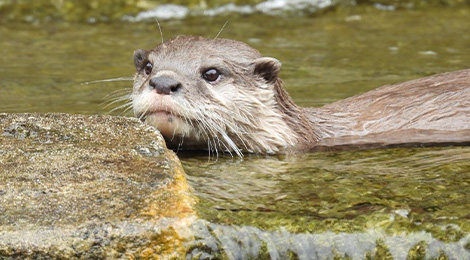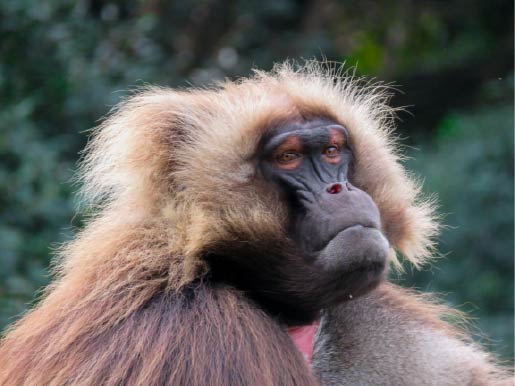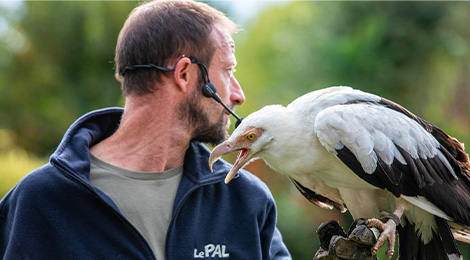UMkhuze reserve
The uMkhuze animal reserve is responsible for the protection of black and white rhinos. This reserve is part of the iSimangaliso Wetland Park which is a UNESCO World Heritage Site in northern KwaZulu-Natal in South Africa.
This area is very rich, it includes vast expanses of acacia, swamps, woodlands, riparian forests and rare sand forests. All of these habitats are home to more than 420 species of birds, as well as numerous waterfowl and black and white rhinos.
Protecting the two rhino species is a top priority. Indeed, they are frequently victims of poaching, an illegal activity present throughout Africa.
The rhino in danger
In the past 10 years, around 10,000 African rhinos have become extinct due to poaching. 80% of the world's rhinos are found in South Africa and it happens to be the country most affected by poachers. There are over 1,000 rhinos killed each year between 2013 and 2017.
According to a report from South Africa’s national parks, only 3,529 white rhinos and 268 black rhinos remain in Kruger National Park.
Forest rangers in extreme demand
While poaching has been declining for some time, this does not mean that the rangers and the anti-poaching unit have let their guard down. Quite the contrary! They regularly patrol on foot and by vehicle, but also by plane.
The health crisis and its financial impact
Forest rangers are still there despite the health crisis. However, the financial losses due to the cessation of income from tourism had a strong impact on the purchase of essential equipment and the payment of these people.
In addition to this, poaching, which has worsened, is jeopardizing budgetary resources dedicated to the conservation of wildlife as prices have, in fact, increased.
Save The Rhino International has financially supported the rangers of the uMkhuze reserve to protect these endangered species.
Forest ranger: a risky job
The uMkhuze rangers had many problems meeting with the poachers. We are talking about an armed contact incident here. Every day, there are 2 to 5 intrusions into the reserve by poachers.
In addition to this, the often called upon forest rangers are far from their families. Save The Rhino made donations to improve the camps of these funds to reward them for their efforts.
To become a forest ranger, you need to have training. Indeed, the living conditions on the ground are harsh and their lives can be put at risk during an encounter with the poachers. So Save The Rhino funded first aid training for 40 rangers, the instructor and two cadets. From now on, everyone knows how to perform first aid and has the necessary equipment to provide first aid.
The Le PAL Nature Foundation and other partners will notably make it possible, thanks to their generous donation, to continue training.
Learn more about their training
What does the training consist of?
- The role of the forest ranger
- The legal framework
- Physical training
- Floor exercises
- Handling of firearms
- Tactical patrols
- Night operations
- First aid
These trainings play a lot on the morale of the forest guards because they help them gain self-confidence, especially when they find themselves in front of poachers.
The recent donation from La Fondation Le PAL Nature will fund one of these training courses by the end of this year.
Births, new arrivals, new arrivals, tips, tricks, theme days ... Stay informed throughout the year of the latest news from the park. Your favorite park will no longer have any secrets for you!
All the News





